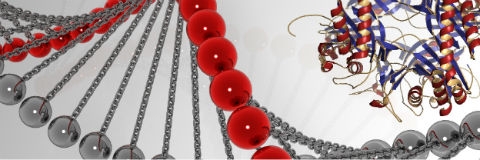In recent years the ISPC has adapted two Ligation Independent Cloning (LIC) strategies based on whole plasmid amplification of the vector and the insert:
- Restriction Free (RF) cloning
- Transfer-PCR (TPCR)
The RF (van den Ent and Lowe, Unger et al., Peleg and Unger) and TPCR (Erijman et al., Erijman, Shifman and Peleg) procedures are universal cloning methods allowing a precise insertion of a DNA fragment into any desired position within a circular plasmid. Both methods are based on synthesis of mega primers (up to several kbs) containing flanking target-vector specific sequences. The mega-primers integrate into the destination vector at predesigned positions in a linear amplification reaction.
The RF cloning is a two-stage process:
- Synthesis and purification of the mega-primers.
- Integration of the mega-primers into the destination vector and generation the new recombinant vector including the gene of interest.
The TPCR is a single tube cloning reaction where all reaction components are mixed in one tube. The efficiency of the reaction is highly dependent on the initial primer concentration (10-20 nM per primer).
The RF/TPCR methodologies were used successfully in a variety of applications to manipulate the target DNA sequence. The following figure illustrates some such applications.

Schematic illustration of the RF/TPCR applications
Advantages of the RF and TPCR
- Any vector of choice can be used
- No need for restriction enzymes digestion of both vector and PCR product
- Cloning can be performed at any desired position
- No need in any pre-treatment of the recipient vector (circular vector)
- No need in purchasing any commercial kit
- Cheap and fast - requires only Thermostable polymerase (e.g., Phusion, Q5 from NEB)



